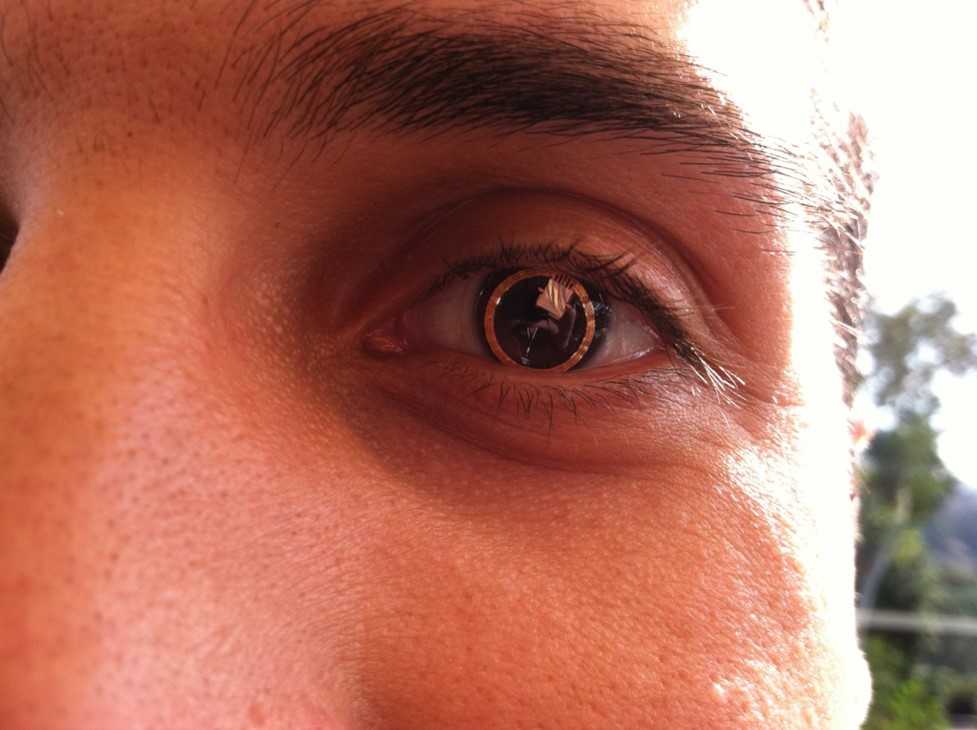CHAPTERS
Navigate to chapter
► Chapter One: The Robber of Sight
► Chapter Two: Different Types of Glaucoma
► Chapter Three: Signs and Symptoms, Diagnosis and Treatments
► Chapter Four: Unconventional Treatments for Glaucoma
► Chapter Five: Managing Glaucoma with Better Lifestyle
► Chapter Six: Preserving the Gift of Sight
► Chapter Seven: Treatment and Wellness
► Bonus Chapter
Chapter Two: Different Types of Glaucoma

The two cases of common glaucoma, open-angle and angle-closure, are each marked by elevated pressure inside a patient’s eye and accounts for at least ninety – percent of all cases of glaucoma. Variants of open-angle and angle-closure glaucoma include Uveitic Glaucoma, Neovascular Glaucoma, Secondary Glaucoma, Pseudoexfoliative Glaucoma, Traumatic Glaucoma, Pigmentary Glaucoma, Irido Corneal Endothelial Syndrome (ICE). You’ll get to learn
Open – Angle Glaucoma
Open-angle glaucoma is caused by the gradual clogging of the eye’s drainage canals. This can increased IOP. Most people who have open-angle glaucoma do not notice any changes in their vision initially and feel fine.
The intraocular pressure or IOP rises when fluid can’t drain out of the eye. The problem of clogging happens further inside the eyes drainage canals. This condition develops gradually and is considered a condition for life that will need maintenance and regular monitoring. Open-angle glaucoma typically responds well to treatment and medication as long as it is arrested immediately.
The upside to this condition is that if a person gets their eyes checked regularly, detecting the condition early and receiving the proper treatment can preserve the vision of the patient. Otherwise, it can lead to total blindness.
Angle-closure Glaucoma
Angle-closure glaucoma is a less common form of glaucoma that is caused by the blocking of eye drainage canals and can rapidly develop. There are some symptoms usually because of noticeable damage to vision or the eyes. It is imperative to get immediate medical attention with angle-closure glaucoma.
Symptoms of angle-closure glaucoma may include the appearance of rainbow-colored circles around bright lights, hazy or blurred vision, severe eye pain and head aches, vomiting or nausea accompanied by severe pain in the eye, and sudden loss of sight.
Congenital Glaucoma
Congenital Glaucoma is a type of glaucoma which occurs in babies when there is incorrect or incomplete development of the baby’s eye drainage canals during the prenatal stage. If uncomplicated, microsurgery can correct the structural defects of the trabecular meshwork while other cases can be treated with medication.
When a patient suffers from Normal-Tension Glaucoma the optic nerve is damaged even though the eye pressure is not as high. Experts are still in the dark as to why some people’s optic nerves get damaged even though they have almost near normal pressure levels. It is a unique condition in which optic nerve damage and vision loss have occurred regardless of normal pressure inside the eye.
The incident of normal-tension glaucoma have different statistics around the world, however it seems that it has a high percentage among Japanese patients. In the United States, up to 15-25% of patients with open-angle glaucoma go through normal-tension glaucoma. Routine eye examinations with an ophthalmologist are going to be very important since patients with normal-tension glaucoma do not experience any early symptoms of the condition.
Being at Risk
A person is at an increased risk for glaucoma if there is history of it in the family. Being of a certain heritage is also a factor; African Americans, Latinos or Asians are seen to be more prone to the eye disease especially people who have been diagnosed diabetic. There is also a high likelihood of open-angle glaucoma if a patient has cardiovascular disease. The risk of glaucoma also heightens with the advancement in age.
What to Expect at the Ophthalmologist
Glaucoma and optic nerve abnormalities are inherited, and your ophthalmologist will want to know if there is a history of these in your family. You will be asked of any recent trauma to the eyes or exposure to toxic chemicals which may impede your visual acuity.
Your ophthalmologist will inquire about any recent illnesses, current use of medications and which kinds, including use of steroids. You will also be asked about history of your vision, any migraine episodes, nearsightedness or myopia.
You will also be asked about any conditions of the blood (high blood, low blood pressures, recent blood loss, and/r bleeding disorders). Sleep apnea, thyroid disease and Alzheimer disease would have to be discussed with your GP since all of these have the potential to be associated with normal-tension glaucoma.
Expect to sit for the eye the examination. The front of your eyes, including your cornea, anterior chamber, iris, and lens, will be examined using the special microscope or the slit lamp. A special contact lens, called a goniolens, is positioned on the patient’s eye in order for the ophthalmologist to get a good view of the trabecular meshwork.
A complete treatment is basically made up of 100 spots positioned over the whole trabecular meshwork. This treatment may be divided between 2 sessions. Each session will consist of 50 spots over each half of the trabecular meshwork. The whole procedure typically lasts 30 minutes or less and is relatively painless.
If trabeculoplasty is successful, IOP is usually lessened but this decrease in IOP is not usually permanent, unfortunately. This decrease in IOP may last up to 3-5 years following a trabeculoplasty procedure, if the procedure is successful. After the trabeculoplasty, the eye doctor will prescribe medicine to avoid inflammation while the patient continue’s taking glaucoma medicine.
Trabeculectomy may be recommended in severe patient cases with progressive vision loss. During a trabeculectomy exam, the ophthalmologist makes an alternate drainage channel in the patient’s eye to increase the flow of aqueous humor fluid from the eye. This helps in lowering the IOP.
Follow-up for Normal-Tension Glaucoma
If a person has normal-tension glaucoma, they will have to have regular follow-up visits with their ophthalmologist in order to monitor any progression of the condition. Follow-up visits are usually scheduled every 3-6 months.
Continue Reading…
Want to read the entire thing?

